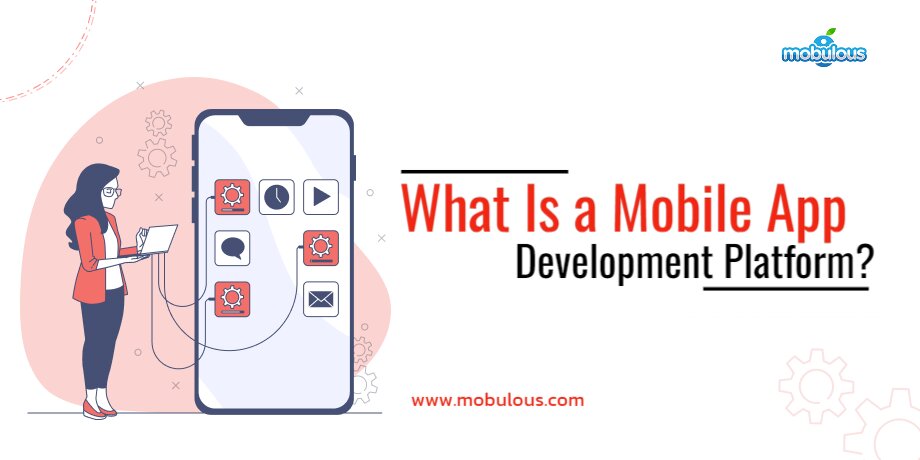A mobile app development platform (MADP) is your complete toolkit for building, testing, and launching mobile applications. Think of it as a workshop where all your app-building tools live under one roof. Whether you’re a seasoned developer or just starting, these platforms make it possible to create apps without getting bogged down by technical complexities.
Why They Matter
Remember when building apps meant writing code from scratch? Those days are mostly behind us. Modern MADPs let you focus on what matters – creating great user experiences – while handling the heavy lifting behind the scenes. You can build once and deploy everywhere, saving countless hours of development time.
Types of Mobile App Development Platforms
1: Native Development Platforms
These are the purists’ choice. Platforms like Android Studio and Xcode let you build apps specifically for Android or iOS. They give you the most control and best performance, but you’ll need to build separate versions for each operating system.
2: Cross-Platform Solutions
Flutter, React Native, and Xamarin are the cool kids on the block. They let you write code once and run it anywhere. While you might sacrifice a tiny bit of performance, you’ll save massive amounts of development time.
3: Low-Code/No-Code Platforms
Think Bubble, OutSystems, or Adalo. These platforms are democratizing app development – you can literally drag and drop your way to a working app. Perfect for prototypes or simple applications.
Key Features to Look For
- Visual Development Tools
- Pre-built Templates
- Testing Capabilities
- Analytics Integration
- Security Features
- Deployment Options
Making the Right Choice
Choosing a platform isn’t one-size-fits-all. Consider your team’s skills, project requirements, and budget. A startup might love the speed of no-code platforms, while an enterprise might need the control of native development tools.
Real-World Impact
Take Instagram, for instance. They started with native development but later embraced React Native for faster feature deployment. Or look at Google’s internal apps – they’re betting big on Flutter to streamline their development process.
Looking Ahead
The future of mobile app development platforms is exciting. We’re seeing AI integration for smarter development assistance, better cross-platform capabilities, and more sophisticated no-code solutions. The gap between professional developers and citizen developers continues to narrow.
Bottom Line
Mobile app development platforms aren’t just tools – they’re game-changers in how we build and deploy apps. They’re making app development more accessible, efficient, and cost-effective than ever before. Whether you’re building the next big social media platform or a simple business app, there’s a platform out there that fits your needs.
Frequently Asked Questions
Q: How much does it cost to use a mobile app development platform?
Costs vary widely. Some platforms offer free tiers for beginners or small projects, while enterprise solutions can run thousands of dollars monthly. For example, many cross-platform frameworks like React Native are open-source and free to use, but you’ll need to factor in hosting and deployment costs. No-code platforms typically operate on subscription models, ranging from $15 to $200+ per month.
Q: Do I need coding experience to use these platforms?
Not necessarily. While coding knowledge is required for native and cross-platform development, no-code/low-code platforms are specifically designed for users with little to no coding experience. However, understanding basic programming concepts can help you make better design decisions regardless of the platform you choose.
Q: How long does it take to build an app using these platforms?
The timeline varies based on your app’s complexity and the platform you choose. A simple app might take a few weeks with a no-code platform, while a complex native app could take several months. Cross-platform solutions often offer a middle ground, typically reducing development time by 30-40% compared to native development.
Q: Can I switch platforms after I’ve started development?
While possible, switching platforms mid-development can be challenging and costly. It often requires rebuilding significant portions of your app. That’s why it’s crucial to carefully evaluate your needs and choose the right platform from the start.
Q: What about app store approval? Do these platforms help with that?
Most platforms provide guidelines and tools to help your app meet store requirements, but they can’t guarantee approval. Native development platforms typically offer the most straightforward path to app store approval since they follow platform-specific guidelines by default.
Q: How do I handle app updates and maintenance?
Most platforms include tools for pushing updates and maintaining your app. Cross-platform and no-code solutions often simplify this process with automatic updates and cloud-based management. However, native platforms might require separate updates for each operating system.
Q: What about app security? Are these platforms secure?
Reputable platforms build in security features and follow best practices. However, security also depends on how you use the platform. Enterprise-grade platforms typically offer more robust security features and compliance certifications. Always check the platform’s security credentials and ensure they meet your specific requirements.
Q: Can I monetize apps built with these platforms?
Yes, most platforms support various monetization strategies, including in-app purchases, subscriptions, and advertising. However, some no-code platforms might limit certain monetization features in their basic plans, so check the pricing tiers carefully.









